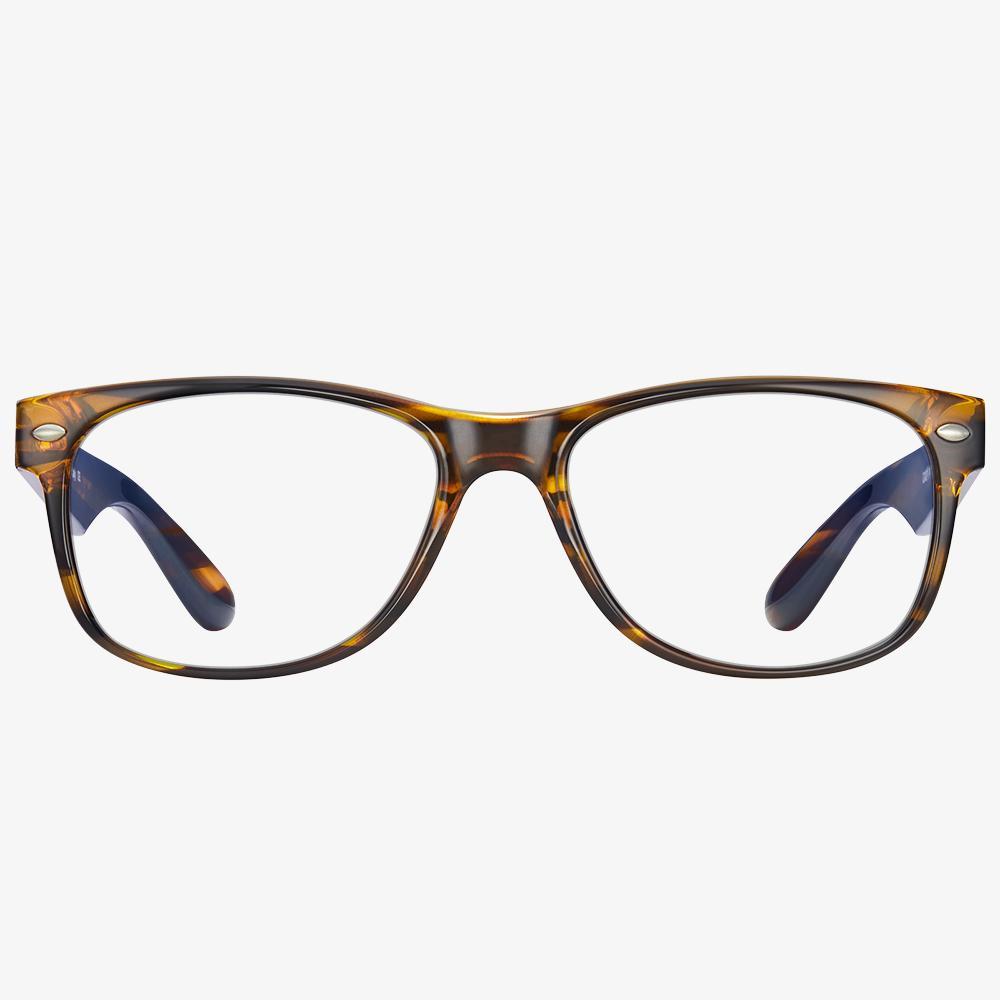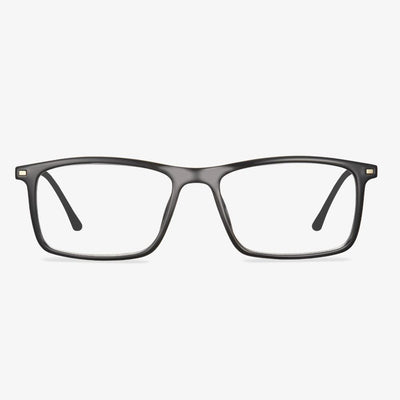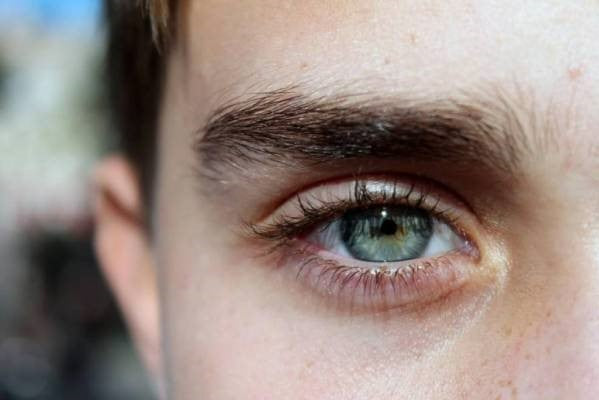What are prescription computer glasses?
Prescription computer glasses are prescription glasses designed to do computer work. They allow your eyes to focus on the computer screen, which is farther away than reading material would normally hold. These special glasses are designed to meet the visual needs of the movement.
Material selection
General glasses material has plastic and metal two categories. Because the children's glasses degrees change faster, from the economic point of view, choosing plastic material is more affordable. And children love to move, they do not pay much attention to pick up and put on glasses. Choosing metal material is easy to distort, affecting the normal wearing. The material of the lens should be light and thin. The transmittance and refractive index should be high, and it should be wear-resistant and not easy to break.
Features of acetate frames
These are several powerful attributes of acetate frames, indicating that this material is very unique. The high-quality acetate frame is known for its lightweight, fastness, and thin structure.
- No harm to the environment.
- Made of renewable materials.
- Hypoallergenic.
- Available in various colors.
- Can make exquisite designs.
- Can be adjusted by an optician.
The lenses of prescription glasses
Common materials for lenses include glass, resin, and PC. The glass is fragile and heavy, and few people wear it anymore. PC film is tough and not fragile, but it is not resistant to high temperature and the surface is easily scratched. The most common type of lens on the market today is the resin lens, which is light in weight, hard to break, and reasonable in price. At present, it is generally recommended that you choose resin sheets, and it is recommended that people with ultra-high myopia choose glass sheets.
Generally, lenses can be divided into spherical and aspherical surfaces according to different curvature designs. When choosing, refer to the degree of the eye. For people with lower degrees, There are fewer differences between the two shapes. For people with moderate to high myopia, aspherical lenses will have better imaging effects and clearer vision.
When choosing a lens, a parameter that is often mentioned is the refractive index. Common refractive indexes are 1.56, 1.60, 1.67, and 1.74. With the same degree, the higher the refractive index, the thinner the lens.
How do prism glasses work?
Prism glasses rearrange the images by bending the light and moving the images the eye sees to the desired position. They can align?with what each eye sees, eliminating the double image that the brain interprets. When the images seen by both of your eyes are rearranged, the light is redirected to the right position in the retina of each eye. The brain fuses these two images together to form one clear image.
How to drive at night with glasses?
If you need to wear glasses while driving, you'll need special glasses when driving at night, because common lenses reflect oncoming lights, which produces a faint glare. This will reduce your visibility. It's OK to wear contact lenses while driving. As you get older, your eyes become more sensitive to glare. Ordinary sunglasses or goggles are only suitable for wearing during the day, driving at night will seriously affect the vision (national standards stipulate that light transmittance of night driving glasses must be greater than75%). Although the all-weather driving glasses can weaken the strong lights, the vision darkens and affects road safety which does not meet the national standards for driving glasses at night. You should choose functional driving glasses that can block strong light, glare and increase the field of vision. This can effectively reduce the glare of the car lights but can filter out the extra harmful light. When worn at night, it can soften the strong lights and make the vision clearer. In this way, the safety of drivers is ensured, the fatigue of eyes is alleviated, and the radiation damage of harmful lights to glasses is prevented.
Progressive lenses and single vision lenses
An optical lens that has only one luminosity on a single vision lens and does not have special functions.
The curvature of the front surface of the progressive lens increases continuously from top to bottom, and the refractive power increases gradually and continuously from the distance zone located on the upper part of the lens until the near zone at the bottom of the lens reaches the required near-use refractive power. A pair of glasses can be used. You can see far away, you can see close, and you can see objects in the middle distance.











































